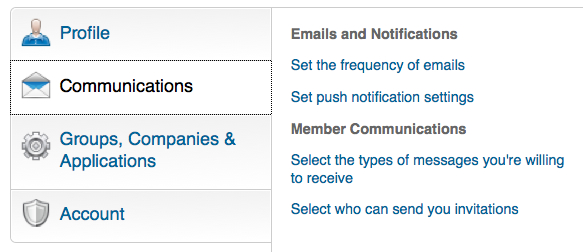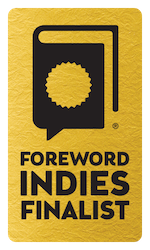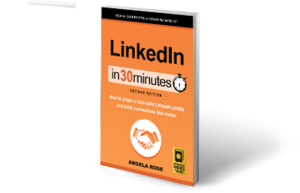5 Reasons Linkedin Recruiters Don’t Click On Your Profile
So you are in the midst of a job hunt. You may wonder why LinkedIn recruiters and employers aren’t reaching out. Your LinkedIn profile may be to blame.
Melanie Pinola, the author of the 1st edition of LinkedIn In 30 Minutes, and career expert Donna Svei have put together a list of 5 reasons recruiters don’t click through to your LinkedIn profile. It not only highlights some common mistakes people make with their profiles, but also illustrates how dominant LinkedIn has become among recruiters:
Updated stats for LinkedIn Recruiters
Since this infographic was first published, LinkedIn has become even more ubiquitous:
- According to a recent LinkedIn report, the network hosts more than 3 million active job listings. Advertised positions are in dozens of industries. They range from agriculture and construction to finance and healthcare.
- LinkedIn has approximately 400 million members. They live in practically every country in the world. Whether you want to connect with a former supervisor, a colleague you met at a conference, the recruiter at your dream company, or even your old high school track coach (go Warriors!), you are likely to find them on LinkedIn.
- A 2014 Jobvite Social Recruiting Survey found that 93% of recruiters use or plan to use social media platforms to fill jobs. Among these recruiters, 94% use LinkedIn. Whether you are actively searching for a new job or are a passive candidate—defined as interested in opportunities though not active in the job search—joining LinkedIn will make it easier for employers to find you.
If you’re interested in learning more about how to optimize your LinkedIn profile for job searches or networking purposes, be sure to check out LinkedIn In 30 Minutes: How to create a rock-solid LinkedIn profile and build connections that matter. Whether you want to find a new job or advance your career, this guide can be the blueprint for a supercharged LinkedIn strategy. The contents are listed here. You can buy the paperback or ebook editions here.



